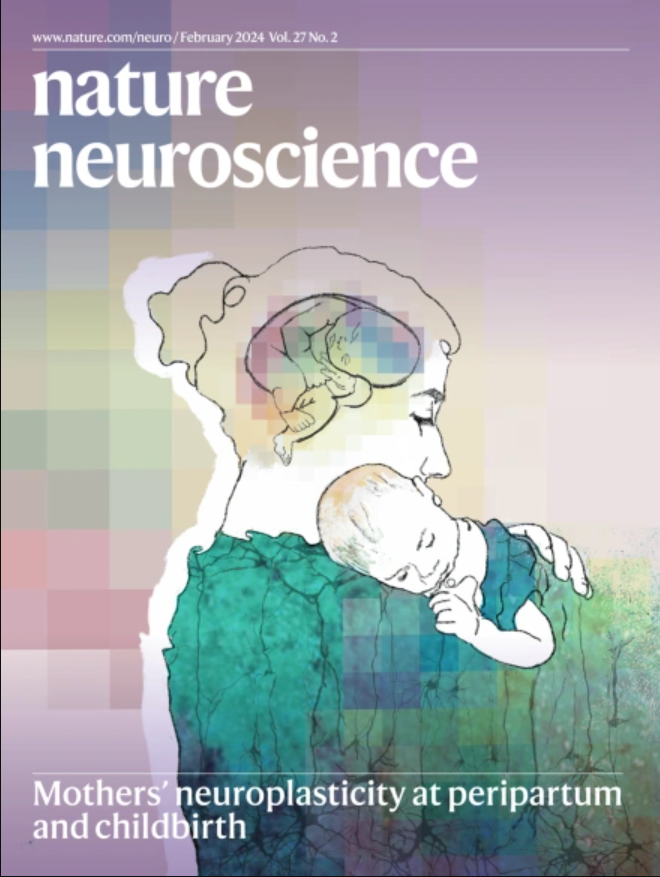脑肿瘤可引起广泛的颅骨破坏和颅骨骨髓免疫景观的改变。
IF 20
1区 医学
Q1 NEUROSCIENCES
引用次数: 0
摘要
颅骨骨髓龛最近被确定为在疾病和损伤的情况下为大脑提供单核细胞和中性粒细胞的储存库,但其在脑癌中的作用尚不清楚。本研究表明,恶性程度最高的脑肿瘤胶质母细胞瘤在小鼠模型和胶质母细胞瘤患者中诱导颅骨骨异常,改变破骨细胞活性,增加小鼠颅骨通道数量。单细胞RNA测序揭示了胶质母细胞瘤介导的颅骨骨髓和股骨髓免疫景观的改变,包括中性粒细胞的扩增和各种B细胞亚群的恶化。体内抑制骨吸收可减少骨异常,但促进间充质亚型肿瘤的进展。这也取消了检查点抑制剂抗pd - l1的生存益处,通过减少活化的T细胞和增加炎症中性粒细胞数量。总之,这些数据为脑肿瘤如何影响颅骨和免疫环境提供了深入的见解。本文章由计算机程序翻译,如有差异,请以英文原文为准。
Brain tumors induce widespread disruption of calvarial bone and alteration of skull marrow immune landscape.
The skull marrow niche has recently been identified as a reservoir that supplies the brain with monocytes and neutrophils in the context of disease and injury, but its role in brain cancers remains unknown. Here we show that glioblastoma, the most malignant type of brain tumor, induces calvarial bone abnormalities in murine models and patients with glioblastoma, altering osteoclast activities and increasing the number of skull channels in mice. Single-cell RNA sequencing revealed glioblastoma-mediated alterations in the immune landscape of skull marrow and femoral bone marrow, including expansion of neutrophils and deterioration of various B cell subsets. In vivo inhibition of bone resorption reduced bone abnormalities, but promoted tumor progression in mesenchymal subtype tumors. This also abolished the survival benefit of the checkpoint inhibitor anti-PD-L1, by reducing activated T cell and increasing inflammatory neutrophil numbers. Together, these data provide insight into how brain tumors affect skull bone and the immune environment.
求助全文
通过发布文献求助,成功后即可免费获取论文全文。
去求助
来源期刊

Nature neuroscience
医学-神经科学
CiteScore
38.60
自引率
1.20%
发文量
212
审稿时长
1 months
期刊介绍:
Nature Neuroscience, a multidisciplinary journal, publishes papers of the utmost quality and significance across all realms of neuroscience. The editors welcome contributions spanning molecular, cellular, systems, and cognitive neuroscience, along with psychophysics, computational modeling, and nervous system disorders. While no area is off-limits, studies offering fundamental insights into nervous system function receive priority.
The journal offers high visibility to both readers and authors, fostering interdisciplinary communication and accessibility to a broad audience. It maintains high standards of copy editing and production, rigorous peer review, rapid publication, and operates independently from academic societies and other vested interests.
In addition to primary research, Nature Neuroscience features news and views, reviews, editorials, commentaries, perspectives, book reviews, and correspondence, aiming to serve as the voice of the global neuroscience community.
 求助内容:
求助内容: 应助结果提醒方式:
应助结果提醒方式:


